×
![]()
fhnw-schedule-pairb400: Instance-to-Instance Comparison Results
| Type: | Instance |
| Submitter: | Simon Felix |
| Description: | Continuous-time project scheduling and selection, inspired by an industry use-case. Each project has a value, the sum should be maximized. Each project has a deadline, and an earliest start date. Three formulations of the same problem ("Pair A", "Pair B" and "Slot") - we expect "Pair B" to be the best formulation. |
| MIPLIB Entry |
Parent Instance (fhnw-schedule-pairb400)
All other instances below were be compared against this "query" instance.  |
 |
 |
 |
 |
 |
|
Raw
This is the CCM image before the decomposition procedure has been applied.
|
Decomposed
This is the CCM image after a decomposition procedure has been applied. This is the image used by the MIC's image-based comparisons for this query instance.
|
Composite of MIC Top 5
Composite of the five decomposed CCM images from the MIC Top 5.
|
Composite of MIPLIB Top 5
Composite of the five decomposed CCM images from the MIPLIB Top 5.
|
Model Group Composite Image
Composite of the decomposed CCM images for every instance in the same model group as this query.
|
MIC Top 5 Instances
These are the 5 decomposed CCM images that are most similar to decomposed CCM image for the the query instance, according to the ISS metric.  |
Decomposed
These decomposed images were created by GCG.
|
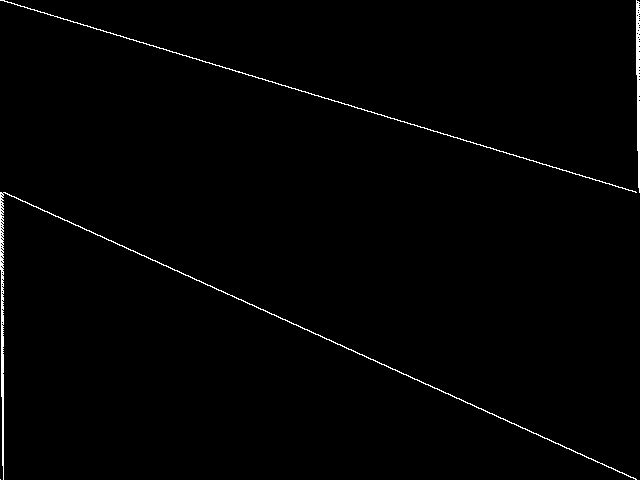 |
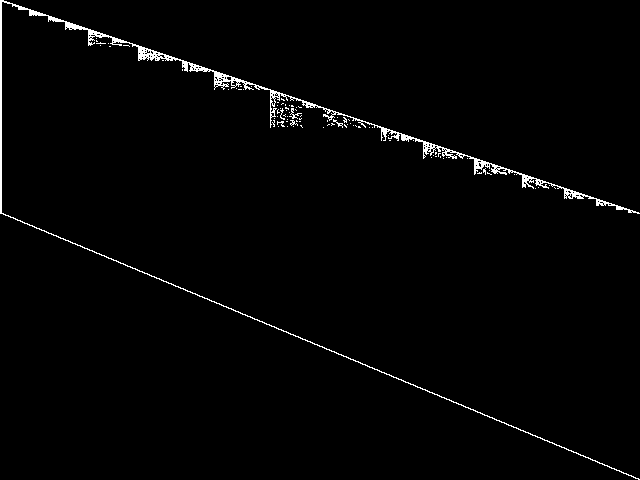 |
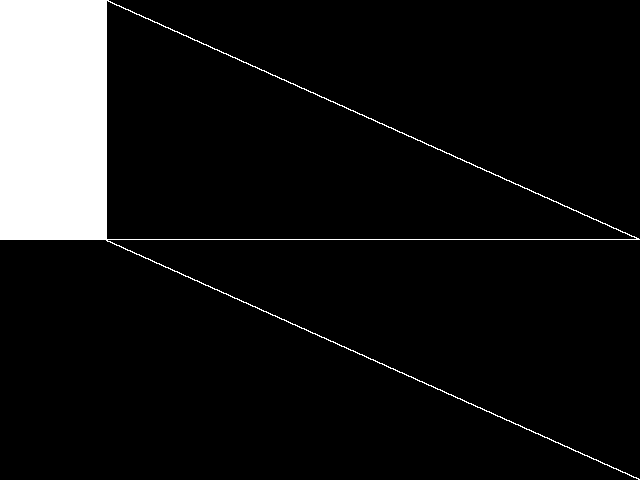 |
 |
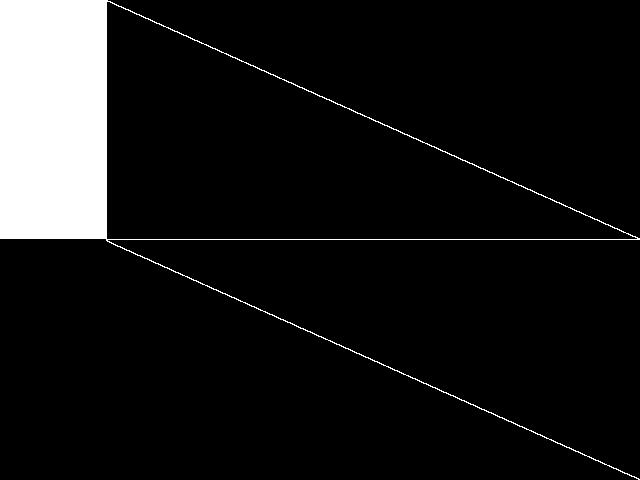 |
| Name | fhnw-schedule-pairb200 [MIPLIB] | snip10x10-35r1budget17 [MIPLIB] | 8div-n59k12 [MIPLIB] | 8div-n59k10 [MIPLIB] | 8div-n59k11 [MIPLIB] | |
|
Rank / ISS
The image-based structural similarity (ISS) metric measures the Euclidean distance between the image-based feature vectors for the query instance and all other instances. A smaller ISS value indicates greater similarity.
|
1 / 0.264 | 2 / 0.845 | 3 / 0.845 | 4 / 0.846 | 5 / 0.850 | |
|
Raw
These images represent the CCM images in their raw forms (before any decomposition was applied) for the MIC top 5.
|
 |
 |
 |
 |
 |
MIPLIB Top 5 Instances
These are the 5 instances that are most closely related to the query instance, according to the instance statistic-based similarity measure employed by MIPLIB 2017  |
Decomposed
These decomposed images were created by GCG.
|
 |
 |
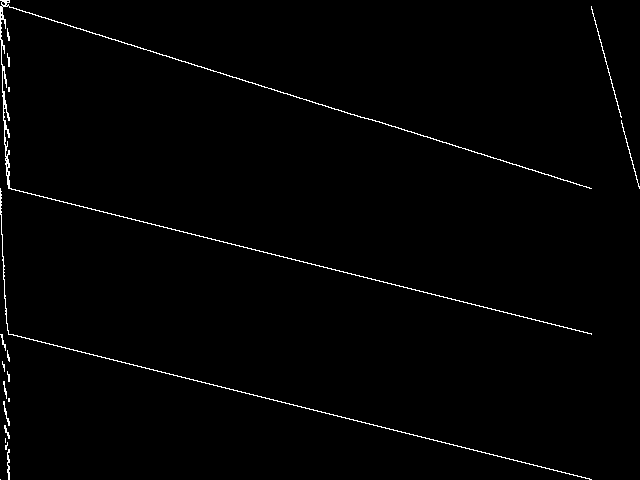 |
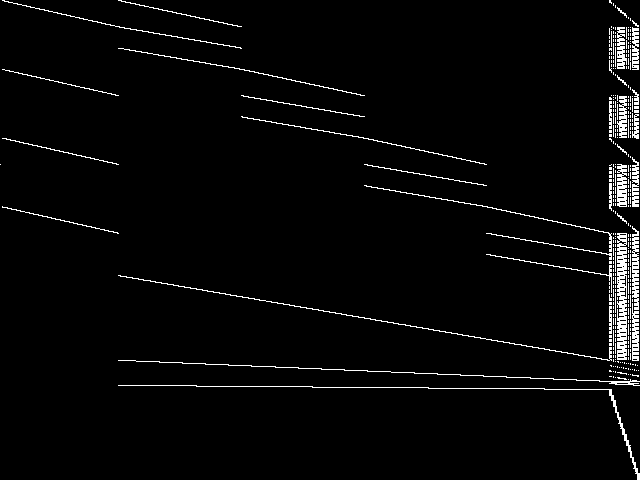 |
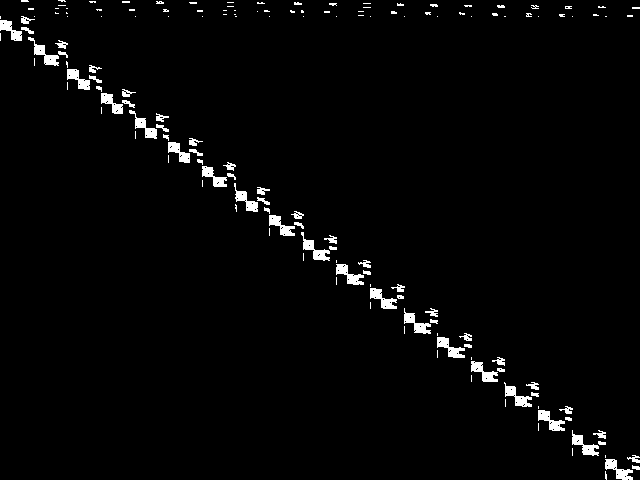 |
| Name | fhnw-schedule-pairb200 [MIPLIB] | neos-3209462-rhin [MIPLIB] | ns1828997 [MIPLIB] | neos-3283608-agout [MIPLIB] | neos-4300652-rahue [MIPLIB] | |
|
Rank / ISS
The image-based structural similarity (ISS) metric measures the Euclidean distance between the image-based feature vectors for the query instance and all model groups. A smaller ISS value indicates greater similarity.
|
1 / 0.264 | 77 / 1.232 | 89 / 1.249 | 470 / 1.570 | 636 / 1.728 | |
|
Raw
These images represent the CCM images in their raw forms (before any decomposition was applied) for the MIPLIB top 5.
|
 |
 |
 |
 |
 |
Instance Summary
The table below contains summary information for fhnw-schedule-pairb400, the five most similar instances to fhnw-schedule-pairb400 according to the MIC, and the five most similar instances to fhnw-schedule-pairb400 according to MIPLIB 2017.
| INSTANCE | SUBMITTER | DESCRIPTION | ISS | RANK | |
|---|---|---|---|---|---|
| Parent Instance | fhnw-schedule-pairb400 [MIPLIB] | Simon Felix | Continuous-time project scheduling and selection, inspired by an industry use-case. Each project has a value, the sum should be maximized. Each project has a deadline, and an earliest start date. Three formulations of the same problem ("Pair A", "Pair B" and "Slot") - we expect "Pair B" to be the best formulation. | 0.000000 | - |
| MIC Top 5 | fhnw-schedule-pairb200 [MIPLIB] | Simon Felix | Continuous-time project scheduling and selection, inspired by an industry use-case. Each project has a value, the sum should be maximized. Each project has a deadline, and an earliest start date. Three formulations of the same problem ("Pair A", "Pair B" and "Slot") - we expect "Pair B" to be the best formulation. | 0.263725 | 1 |
| snip10x10-35r1budget17 [MIPLIB] | Utz-Uwe Haus | Exact MILP reformulation using binary decision diagrams to obtain scenario bundles of 2-stage stochastic expected shortest path and expected maximum flow problem with decision dependent scenario probabilities. Notes: * very few binary variables * for each fixing of the binaries a system of equations computing conditioned probabilities remains | 0.844706 | 2 | |
| 8div-n59k12 [MIPLIB] | Sascha Kurz | Projective binary 8-divisible linear block codes A linear block code is called 8-divisible if the weights of its codewords are divisible by 8. It is called projective if there are no duplicate columns in the generator matrix. The possible lengths of 8-divisible linear block codes have been classified except for length n=59, where it is undecided whether such a linear code exists. The possible dimensions satisfy \\(10 \\le k \\le 20\\). Instance 8div_n59_kXX contains the corresponding feasibility problem. Projective binary 8-divisible linear block codes occur as hole configurations of so-called partial solid spreads in finite geometry. Binary 4-divisible linear block codes have applications in physics. | 0.845002 | 3 | |
| 8div-n59k10 [MIPLIB] | Sascha Kurz | Projective binary 8-divisible linear block codes A linear block code is called 8-divisible if the weights of its codewords are divisible by 8. It is called projective if there are no duplicate columns in the generator matrix. The possible lengths of 8-divisible linear block codes have been classified except for length n=59, where it is undecided whether such a linear code exists. The possible dimensions satisfy \\(10 \\le k \\le 20\\). Instance 8div_n59_kXX contains the corresponding feasibility problem. Projective binary 8-divisible linear block codes occur as hole configurations of so-called partial solid spreads in finite geometry. Binary 4-divisible linear block codes have applications in physics. | 0.845716 | 4 | |
| 8div-n59k11 [MIPLIB] | Sascha Kurz | Projective binary 8-divisible linear block codes A linear block code is called 8-divisible if the weights of its codewords are divisible by 8. It is called projective if there are no duplicate columns in the generator matrix. The possible lengths of 8-divisible linear block codes have been classified except for length n=59, where it is undecided whether such a linear code exists. The possible dimensions satisfy \\(10 \\le k \\le 20\\). Instance 8div_n59_kXX contains the corresponding feasibility problem. Projective binary 8-divisible linear block codes occur as hole configurations of so-called partial solid spreads in finite geometry. Binary 4-divisible linear block codes have applications in physics. | 0.849903 | 5 | |
| MIPLIB Top 5 | fhnw-schedule-pairb200 [MIPLIB] | Simon Felix | Continuous-time project scheduling and selection, inspired by an industry use-case. Each project has a value, the sum should be maximized. Each project has a deadline, and an earliest start date. Three formulations of the same problem ("Pair A", "Pair B" and "Slot") - we expect "Pair B" to be the best formulation. | 0.263725 | 1 |
| neos-3209462-rhin [MIPLIB] | Jeff Linderoth | (None provided) | 1.232210 | 77 | |
| ns1828997 [MIPLIB] | NEOS Server Submission | Instance coming from the NEOS Server with unknown application. | 1.249310 | 89 | |
| neos-3283608-agout [MIPLIB] | Jeff Linderoth | (None provided) | 1.570377 | 470 | |
| neos-4300652-rahue [MIPLIB] | Jeff Linderoth | (None provided) | 1.728478 | 636 |
fhnw-schedule-pairb400: Instance-to-Model Comparison Results
| Model Group Assignment from MIPLIB: | schedule |
| Assigned Model Group Rank/ISS in the MIC: | 4 / 1.555 |
MIC Top 5 Model Groups
These are the 5 model group composite (MGC) images that are most similar to the decomposed CCM image for the query instance, according to the ISS metric.  |
These are model group composite (MGC) images for the MIC top 5 model groups.
|
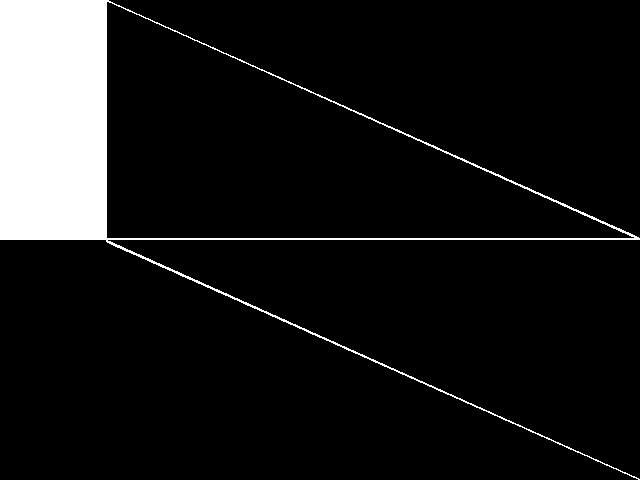 |
 |
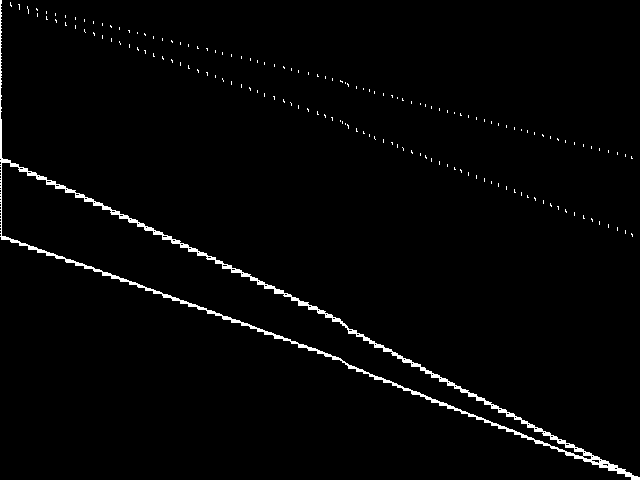 |
 |
 |
| Name | 8div | neos-pseudoapplication-74 | neos-pseudoapplication-95 | schedule | stein | |
|
Rank / ISS
The image-based structural similarity (ISS) metric measures the Euclidean distance between the image-based feature vectors for the query instance and all other instances. A smaller ISS value indicates greater similarity.
|
1 / 1.283 | 2 / 1.432 | 3 / 1.466 | 4 / 1.556 | 5 / 1.646 |
Model Group Summary
The table below contains summary information for the five most similar model groups to fhnw-schedule-pairb400 according to the MIC.
| MODEL GROUP | SUBMITTER | DESCRIPTION | ISS | RANK | |
|---|---|---|---|---|---|
| MIC Top 5 | 8div | Sascha Kurz | Projective binary 8-divisible linear block codes A linear block code is called 8-divisible if the weights of its codewords are divisible by 8. It is called projective if there are no duplicate columns in the generator matrix. The possible lengths of 8-divisible linear block codes have been classified except for length n=59, where it is undecided whether such a linear code exists. The possible dimensions satisfy \\(10 \\le k \\le 20\\). Model 8div_n59_kXX contains the corresponding feasibility problem. Projective binary 8-divisible linear block codes occur as hole configurations of so-called partial solid spreads in finite geometry. Binary 4-divisible linear block codes have applications in physics. | 1.282724 | 1 |
| neos-pseudoapplication-74 | Jeff Linderoth | (None provided) | 1.431798 | 2 | |
| neos-pseudoapplication-95 | NEOS Server Submission | Imported from the MIPLIB2010 submissions. | 1.465781 | 3 | |
| schedule | Simon Felix | Continuous-time project scheduling and selection, inspired by an industry use-case. Each project has a value, the sum should be maximized. Each project has a deadline, and an earliest start date. Three formulations of the same problem ("Pair A", "Pair B" and "Slot") - we expect "Pair B" to be the best formulation. | 1.555541 | 4 | |
| stein | MIPLIB submission pool | Imported from the MIPLIB2010 submissions. | 1.646056 | 5 |

